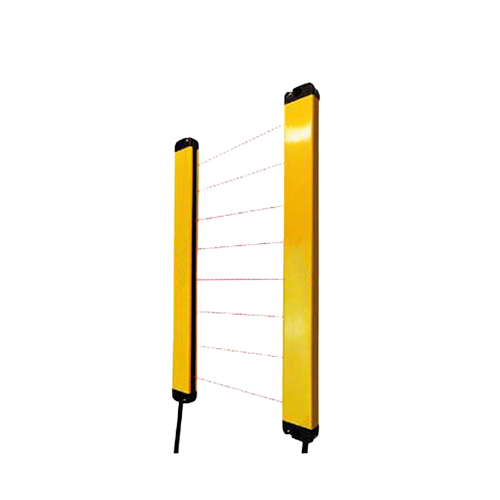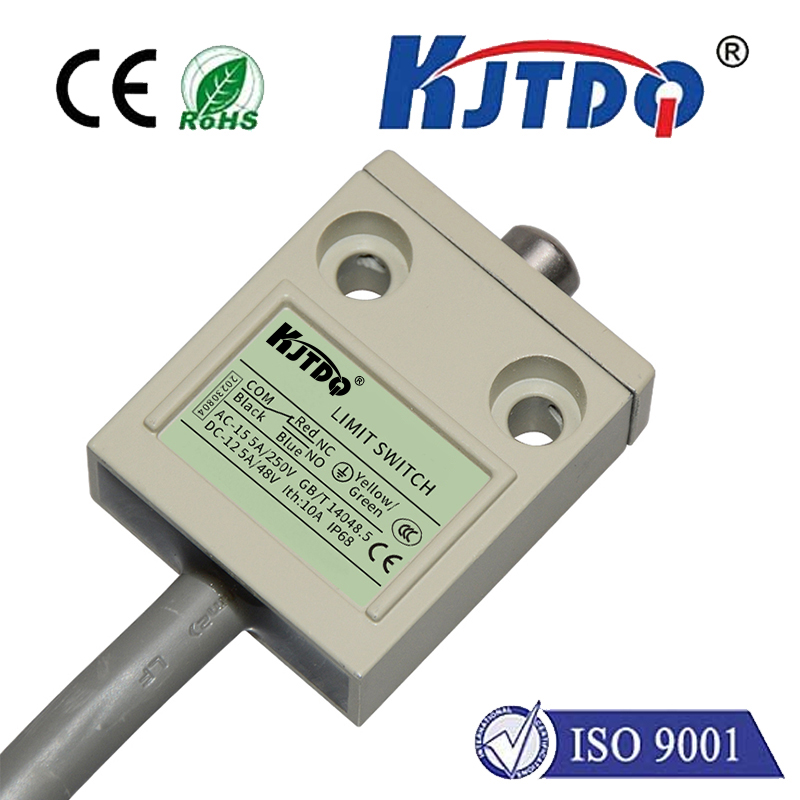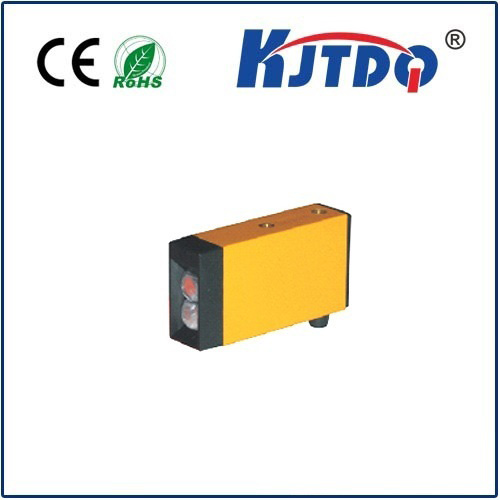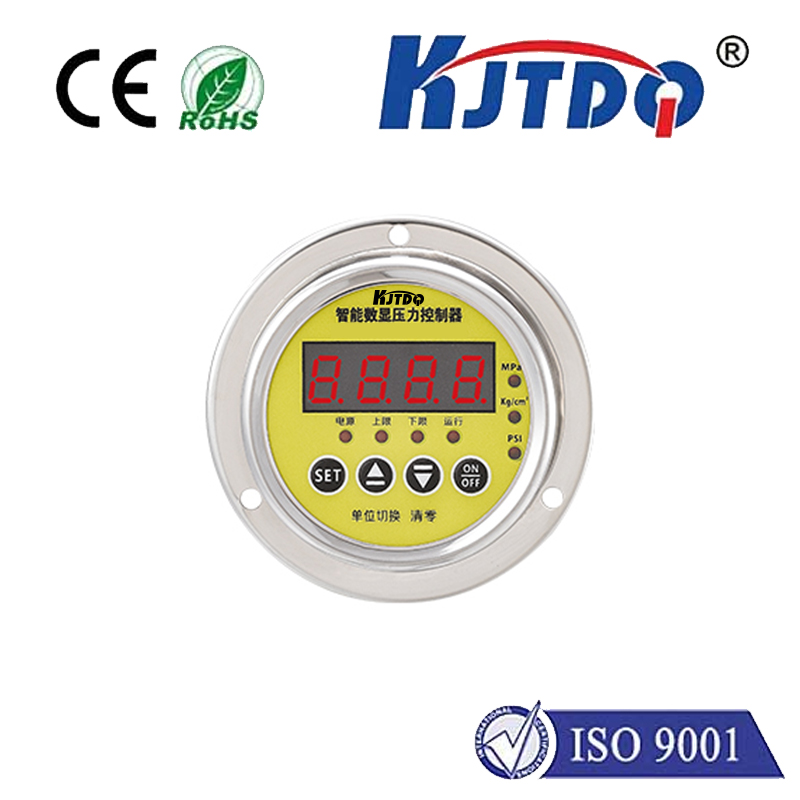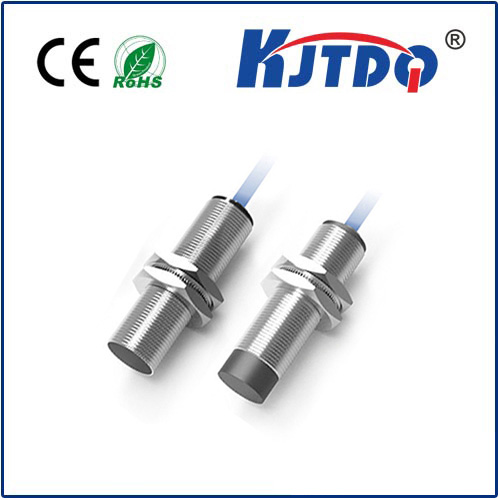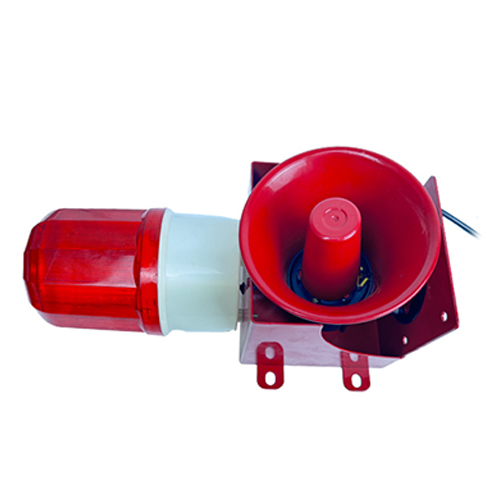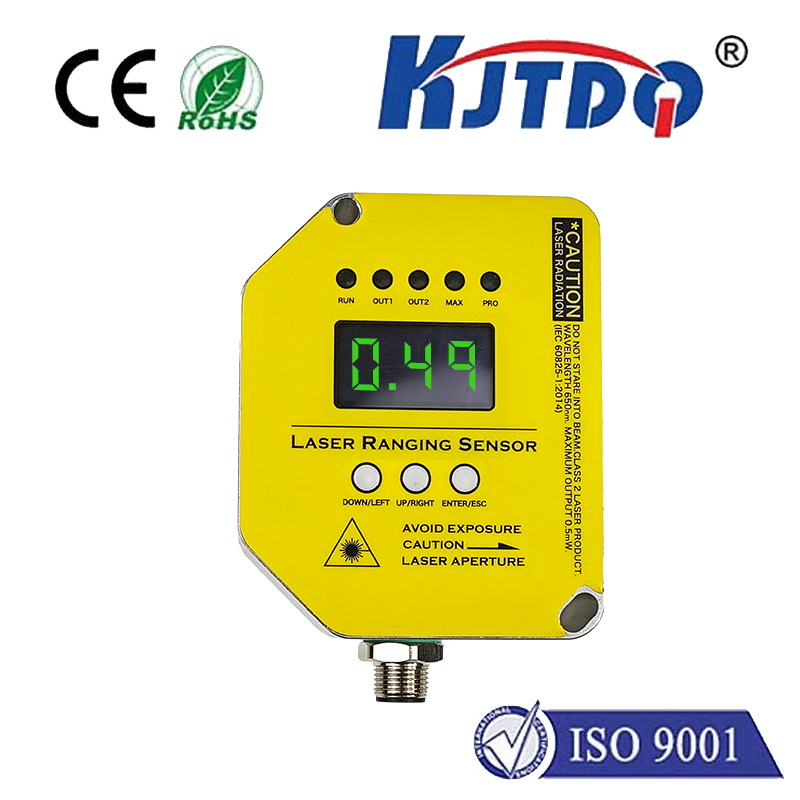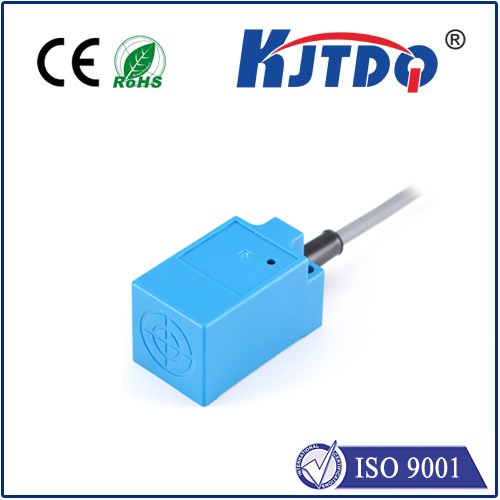truck proximity sensor
- time:2025-06-26 03:44:49
- Click:0
Truck Proximity Sensors: The Essential Guardian Against Collisions & Costly Mishaps
Ever misjudged the distance backing up to a loading dock? Felt a chill wondering if something – or someone – was lurking unseen in your truck’s sprawling blind spots? Maneuvering large commercial vehicles is inherently challenging. The sheer size creates significant areas where visibility is zero, turning routine operations into potential hazards. Parking, navigating tight urban streets, reversing, or changing lanes becomes a high-stakes exercise in spatial awareness. This is where truck proximity sensors step in as a critical technological co-pilot, enhancing safety, preventing costly accidents, and boosting operational efficiency.
Understanding the Blind Spot Challenge
The limitations of human perception are amplified when controlling a massive truck or trailer. Critical blind spots exist, particularly:
- Directly Behind: Especially prominent when reversing, extending far beyond what mirrors can show.
- Alongside the Cab & Trailer: Large zones where smaller vehicles, pedestrians, cyclists, or obstacles become virtually invisible to the driver.
- Directly in Front (Low Objects): Curbs, bollards, or debris near the front bumper can be hard to spot from the driver’s elevated position.
- The Trailer’s Corners: Critical during tight turns and docking.
Relying solely on mirrors and vigilance is often insufficient. Fatigue, distraction, weather, or complex environments exponentially increase the risk of accidents. A seemingly minor bump can lead to significant vehicle damage, costly cargo loss, injuries, legal liability, insurance hikes, and severe reputational harm. Truck proximity sensors actively mitigate these dangers.
How Truck Proximity Sensors Work: The Technology Shield
These automated detection systems function as an extension of the driver’s senses. Positioned strategically around the vehicle – typically on the front and rear bumpers, and often along the sides of the cab and trailer – they constantly emit signals into the surrounding environment.
- Ultrasonic Sensors: The most common type for close-range detection (typically 0.2 to 2.5 meters). They emit high-frequency sound waves and measure the time it takes for the echo to return. Highly effective for low-speed maneuvers like parking and docking, providing precise distance readings.
- Radar Sensors: Utilize radio waves to detect objects at longer ranges (often up to 30 meters or more) and are less affected by weather like rain or fog. Crucial for monitoring larger blind spots along the sides during lane changes and highway driving. Advanced systems can even distinguish between stationary objects and moving vehicles, providing relative speed information.
- Combined Systems: Many modern solutions integrate both ultrasonic and radar sensors, offering the best of both worlds: ultrasonic precision for close quarters and radar’s superior range and environmental resilience for broader coverage.
When a sensor detects an object within its predefined zone, it triggers an immediate alert to the driver. This feedback is vital and usually delivered through:

- Visual Warnings: Lights integrated into the dashboard, A-pillars, or mirrors illuminate, often changing color (e.g., yellow for caution, red for imminent danger) based on proximity. Zones might be displayed visually on an interior monitor.
- Audible Alerts: Beeping sounds that increase in frequency or pitch as the detected object gets closer. This escalating urgency is crucial for capturing the driver’s immediate attention, especially in noisy environments. Some systems offer configurable volume and tone settings.
The Tangible Benefits: Safety & Savings Go Hand-in-Hand
Investing in reliable truck proximity sensors yields substantial returns across multiple fronts:
- Dramatically Reduced Collisions: This is the paramount benefit. By providing real-time warnings about unseen obstacles, sensors drastically lower the incidence of low-speed impacts during reversing, docking, turning, and lane changes. This directly prevents:
- Vehicle Damage: Avoiding costly repairs to bumpers, panels, lights, and cargo areas.
- Cargo Damage: Protecting valuable freight from impact.
- Property Damage: Preventing expensive damage to docks, building structures, signage, and other vehicles.
- Injury Prevention: Significantly lowering the risk of accidents involving pedestrians, cyclists, or ground crew personnel. This is the most critical humanitarian and legal benefit.
Enhanced Driver Confidence & Reduced Stress: Knowing there’s an extra layer of protection allows drivers to maneuver with greater confidence, particularly in complex or confined spaces. Reduced driver anxiety translates to better focus and decision-making.
Operational Efficiency Gains: Faster and safer parking, docking, and navigating tight spaces mean less time wasted on painstaking maneuvers and accident aftermath. Increased fleet uptime is a direct result. Drivers can also operate more efficiently, knowing their spatial boundaries clearly.
Lower Operating Costs: Preventing accidents directly translates to reduced repair bills, lower insurance premiums over time (due to improved safety records), minimized cargo loss claims, and less potential liability litigation. The ROI on sensor systems is often rapid.
Asset Protection: Protecting the truck and trailer itself from preventable damage extends its operational lifespan and maintains its resale value. Protecting your rolling stock is protecting your capital investment.
Beyond Basic Parking Aids: Integration is Key
Modern truck proximity sensing technology rarely works in isolation. It’s increasingly integrated into broader Advanced Driver Assistance Systems (ADAS):
- Blind Spot Monitoring (BSM) / Lane Change Assist: Primarily using radar sensors on the sides, providing warnings about vehicles approaching from the rear in adjacent lanes.
- Rear Cross Traffic Alert (RCTA): Warns the driver of approaching traffic when reversing out of parking spots or driveways.
- Collision Mitigation Systems: Can utilize proximity sensor data as part of the input for systems that automatically apply brakes if an imminent collision is detected and the driver doesn’t react.
- Camera Integration: Proximity alerts often work alongside camera systems (like backup cameras), providing both visual and auditory cues for the driver. This sensor fusion offers the most comprehensive situational awareness.
Choosing and Maintaining Your System: Best Practices
Selecting the right system involves several factors:
- Vehicle Type & Size: Coverage needs differ significantly between a day cab, sleeper cab, and trailer.
- Primary Use Case: Focus on docking? Heavy city driving? Long-haul highway miles? This dictates sensor type and placement priorities (ultrasonic rear-focused vs. comprehensive radar sides).
- Display Preferences: Consider driver ergonomics – dashboard indicators, mirror lights, or an integrated monitor.
- Weather Resistance: Ensure sensors are rated for the environments your fleet operates in. Sealed, robust sensors are essential for commercial trucking durability.
- Professional Installation & Calibration: Correct placement and calibration are non-negotiable for reliable performance. Don’t cut corners here.
Maintenance is straightforward but vital:
- Regular Cleaning: Keep sensors free from accumulated dirt, mud, snow, or ice. A simple wipe-down during regular vehicle washes is crucial.
- Visual Checks: Periodically inspect sensor housings for physical damage.
- System Testing: Perform regular functional tests (e.g., walking around the vehicle while reversing) to ensure all zones and alerts are working correctly.
- Prompt Repair: Address any malfunction immediately. A faulty sensor provides a dangerous false sense of security.
The Future: Smarter Sensors and Autonomous Integration
Sensor technology continues to evolve at a rapid pace. Expect to see:
- Increased Range & Accuracy: More sophisticated radar and even Lidar becoming more feasible for truck applications.
- Enhanced Object Classification: Sensors better at distinguishing between people, vehicles, stationary poles, and softer objects.
- Predictive Analytics: Systems learning driver patterns and predicting potential hazards proactively.
- **Se












